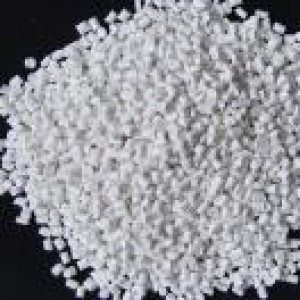| Parsa Polymer Sharif |

| No Title | 0.01 MB |
| Registration Date | 31 May 2019 |
| Revision Date | 31 May 2019 |
| Share |
Food Packaging
MasterbatchAppearance: solid Color: white Claimed property: Antibacterial effect By production of ABS antibacterial masterbatch through addition of zinc oxide to raw ABS granule, replication of bacteria can be prevented in fridge parts. The products antibacterial activity was evaluated according to standard number ISIRI 10900, “Evaluation of antibacterial activity on plastic and other non-porous surfaces” which its results are as follows Antibacterial activity is an index of products ability to remove contacting bacteria, which is obtained by logarithmic comparison of number of bacteria existing on witness and product sample after 24 hours of being in contact with the bacteria. According to the mentioned standard, antibacterial activity between 2 and 3 is meaningful, and it will be high for over 3. Product Standard
Polyethylene terephthalate (PET) is a thermoplastic polymer from polyester family which enjoys very good mechanical and tensile strength. This polymer is used for producing plastic bottles and disposable tableware but its main usage is for production of yarn in textile industry. Masterbatch is a solid or liquid additive for plastic used for coloring plastics (color masterbatch) or imparting other properties to plastics (additive masterbatch). This material can be used as an antibacterial plastic besides taking advantages of its especial mechanical properties. The most frequently used approach to prepare antibacterial plastics is to include various organic or inorganic substances, such as tea extract, chitosan, copper, silver, zinc, etc. in polymer matrices. Nanoparticles are being used industrially for modifications to plastics. A common feature is their antibacterial activity. The antibacterial activity of them has been demonstrated against human pathogenic bacteria, mainly E. Coli and S. aureus.